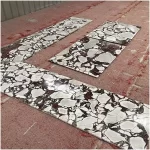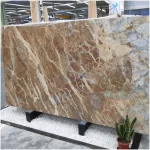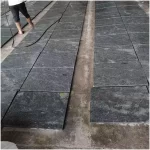What are the reasons for rejecting stone “color difference” in 2020?
I don’t know when the word chromatic aberration is linked to stone. Many people think that chromatic aberration, stains, and color lines are synonymous with poor quality.
Is this really the case?
Is the stone chromatic aberration problem too amplified?
Today, we will discuss it.
Materials are the basis of design. Designers connect various elements in series to give the space more temperament and taste. For designers with experience and independent thinking ability, the color difference of natural marble is the “treasure”.
Among these materials, we often use natural marble. When we deliver marble soft furnishings to our customers, we often encounter the following problems:
①Color difference
② Crack
③ Nodules, trachoma, holes
④Color spots and color lines: stripe, stripe or spot-like substances incompatible with the basic color and pattern
Natural creations are eclectic. Natural stone is formed in the natural environment through complex physical and chemical changes of at least hundreds of millions of years and the evolution of geological movements. As the saying goes: No two identical leaves can be found in the world. Similarly, two identical stones cannot be found in the world.
In fact, since consumers have chosen stone, it largely shows that they like natural things. At this time, we have to use man-made standards to demand natural creations. Isn’t this contradictory?
Moreover, chromatic aberration is not only a flaw, it is often an important factor in creating classics.
Seeing these classic buildings, do you have such a question: why is there a color difference to measure the quality of stone? Who is refusing color difference?







